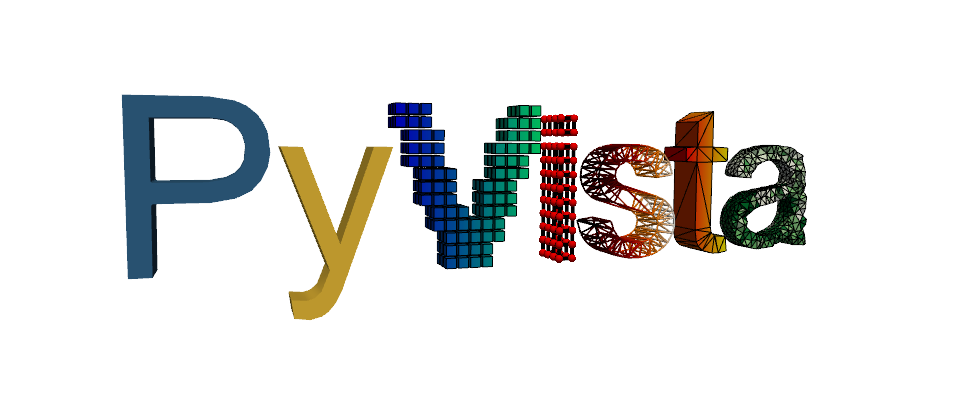Note
Go to the end to download the full example code. or to run this example in your browser via Binder
Lighting Properties#
Control aspects of the rendered mesh’s lighting such as Ambient, Diffuse,
and Specular. These options only work if the lighting argument to
add_mesh is True (it’s True by default).
You can turn off all lighting for the given mesh by passing lighting=False
to add_mesh.
See the add_mesh docs for lighting options:
https://docs.pyvista.org/api/plotting/_autosummary/pyvista.Plotter.add_mesh.html
import pyvista as pv
from pyvista import examples
mesh = examples.download_st_helens().warp_by_scalar()
cpos = [(575848.0, 5128459.0, 22289.0), (562835.0, 5114981.5, 2294.5), (-0.5, -0.5, 0.7)]
First, let’s take a look at the mesh with default lighting conditions
mesh.plot(cpos=cpos, show_scalar_bar=False)
What about with no lighting?
mesh.plot(..., cpos=cpos, show_scalar_bar=False)
Demonstration of the specular property
Feel free to adjust the specular value in the s variable.
pl = pv.Plotter(shape=(1, 2), window_size=[1500, 500])
pl.subplot(0, 0)
pl.add_mesh(mesh, show_scalar_bar=False)
pl.add_text("No Specular")
pl.subplot(0, 1)
specular = ...
pl.add_mesh(mesh, ..., show_scalar_bar=False)
pl.add_text(f"Specular of {specular}")
pl.link_views()
pl.view_isometric()
pl.show(cpos=cpos)
Specular power (feel free to adjust)
mesh.plot(..., cpos=cpos, show_scalar_bar=False)
Demonstration of all diffuse, specular, and ambient in use together (feel free to adjust)
mesh.plot(..., cpos=cpos, show_scalar_bar=False)
For detailed control over lighting conditions in general see the lighting examples
